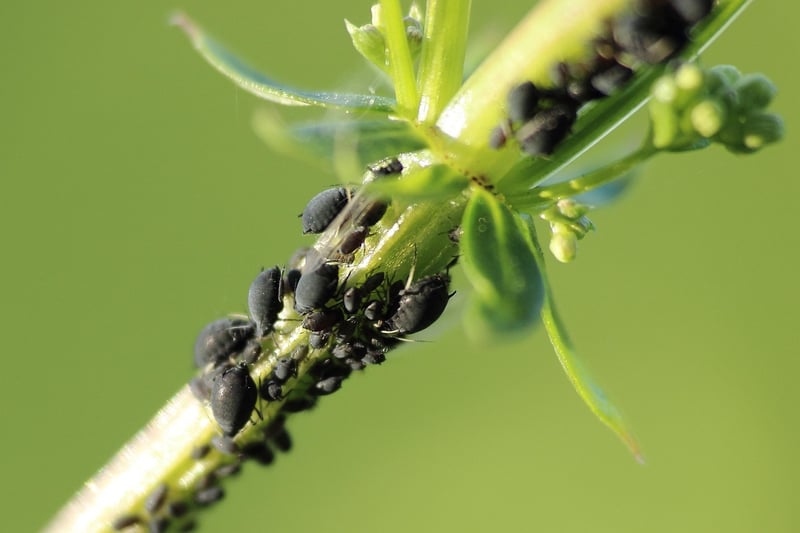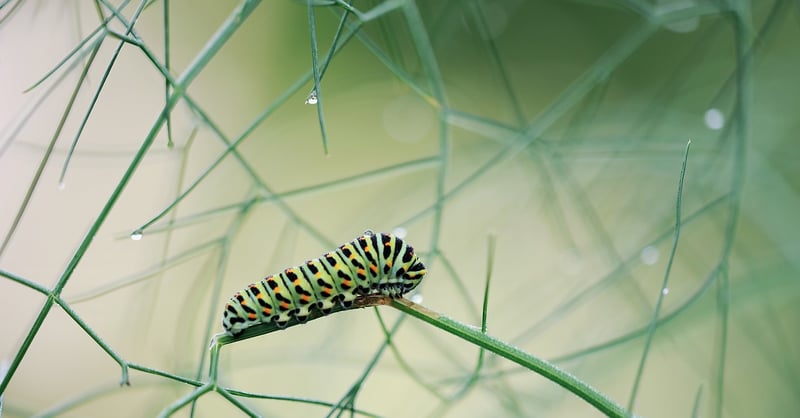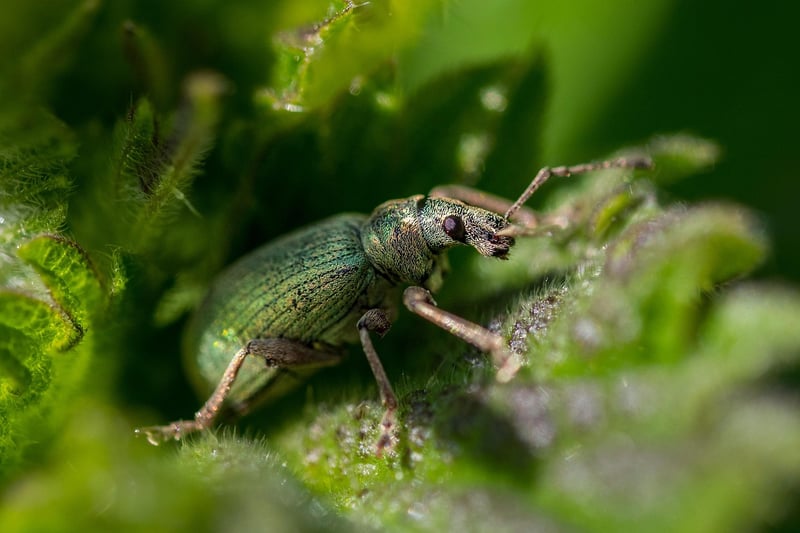Identifying Common Pests
Dealing with Pests in Urban Gardens
Introduction
Urban gardening is a rewarding activity that provides fresh produce and a connection to nature. However, one of the challenges urban gardeners face is dealing with pests that can damage crops. Understanding common pests and how to manage them is crucial for a successful urban garden.
Identifying Common Pests
Here are some common pests that urban gardeners may encounter:
Aphids
Aphids are small insects that feed on plant sap, causing leaves to yellow and distort. They reproduce quickly, so early detection is key to preventing infestations.

Slugs and Snails
Slugs and snails are common garden pests that feed on young seedlings and plant leaves. They thrive in moist environments, so reducing moisture levels can help deter them.

Caterpillars
Caterpillars are the larval stage of moths and butterflies. They feed voraciously on plant leaves, causing significant damage. Handpicking caterpillars or using organic pesticides can control their population.

Managing Pest Infestations
Here are some tips for managing pest infestations in urban gardens:
- Encourage beneficial insects like ladybugs and lacewings, which feed on garden pests.
- Practice crop rotation to disrupt pest life cycles and reduce infestations.
- Use physical barriers like row covers to protect plants from pests.
- Maintain good garden hygiene by removing debris and weeds that can harbor pests.
- Utilize organic pesticides as a last resort, ensuring they are safe for plants, humans, and beneficial insects.
By staying vigilant and implementing proactive pest management strategies, urban gardeners can protect their crops and enjoy a bountiful harvest.
